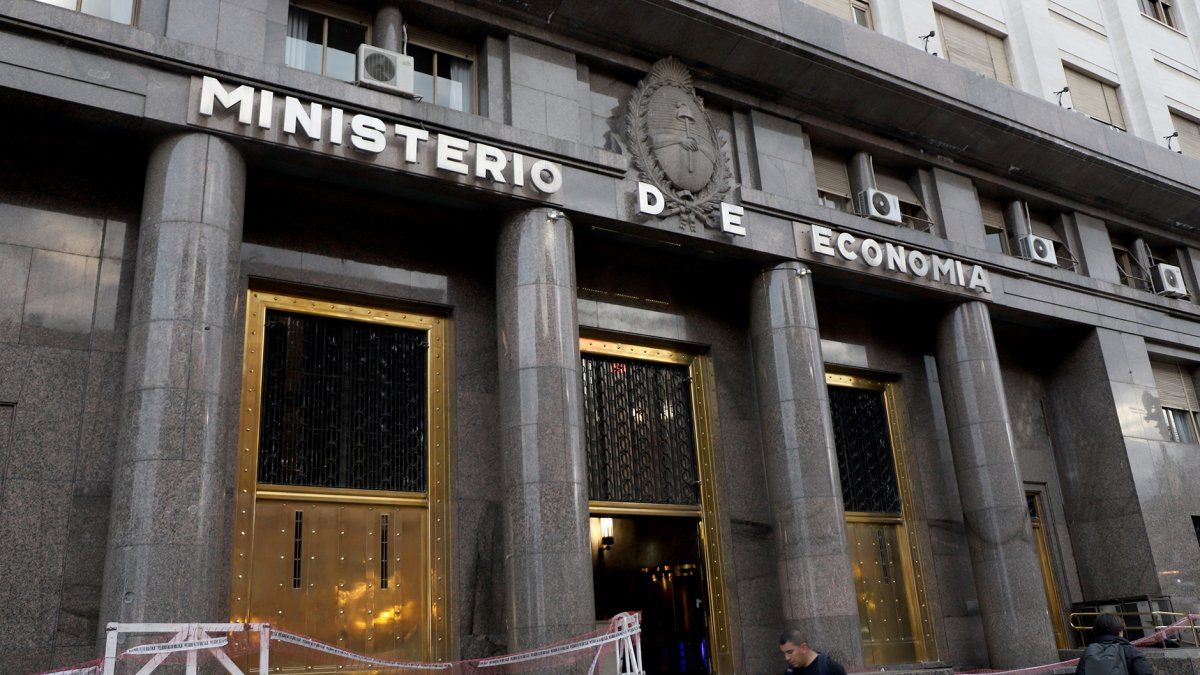The accrued expense of the National Public Administration registered an average 10% drop in March compared to the same month last year, according to data from the Expenditure Adjustment Monitor prepared by the Analytica consultancy. According to private estimates, in the first week of the month spending fell 6.4%, in the second 2%, in the third 2.9% and in the fourth 28.9%.
If the historical series is analyzed, in the first week of March it seems that there was a valley in the curve and then a slight rebound that leaves the variable slightly above February. A new spending peak is likely to be recorded in April.
The Analytica Monitor is estimated at constant currency as of March 2022. When the current Minister of Economy took office, the index for the fourth week of July was 113, and fell to 75 points in August. After that, he grew up September at 128to return to 89 and 87 in October and November 2022.
The great spending record came in last December when it went to 161 pointsto decline in January to 128 points, and drop in fFebruary to 82 points.
At the end of March, the level of spending, according to the index, is 83, slightly above February and 28.9% compared to a year ago. Currently spending is slightly above the level it was last November.
“As we highlighted in the previous report, the accrual in public works grows in significant items such as transportation and roads, and energy; During the week under review, this trend continued and extended to the rest of the items, causing a rise in the aggregate. So far this year, transfers to provinces also reflect a growing trend,” the report states, referring to the expenses of the fourth week of March.
In year-on-year terms for the entire month, spending on public works contracted 31.95%, while retirement expenditures decreased 12.8%. On the other hand, Goods and Services fell 11.75% in interannual terms, while family and AUH allowances followed the same path, by 4.8%. Economic subsidies, on the other hand, had a year-on-year growth of 2.7%.
The accrued expense is an approach to determine trends. The cash basis is the one used as the methodology for the fiscal deficit goals agreed with the International Monetary Fund (IMF). In that sense, andn the first two-month period, the government consumed almost all the red money planned for the quarter, leaving only $10,000 million below the target of $441,000 million.
On April 3, meanwhile, the Ministry of the Economy will release the tax collection data for March, which will be essential to determine the degree of deviation from the goal with the Fund. Due to the effect of the drought, this year tax revenues have been falling by 10% in real terms compared to 2022.
Source: Ambito




